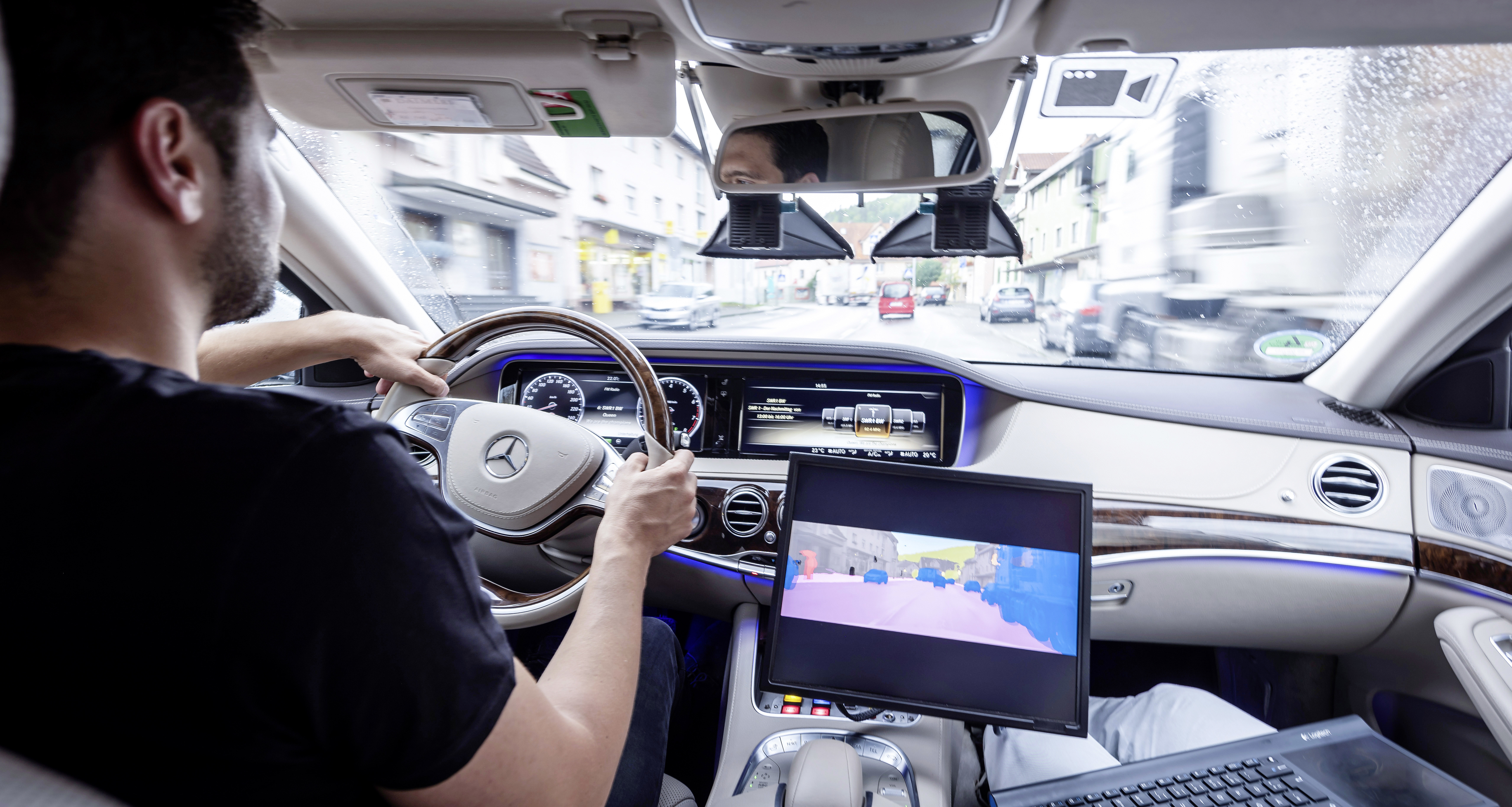PEGASUS research sub-project “Testing”- effective verification of automated driving
Daimler AG is for the first time presenting the most important findings from the PEGASUS subproject “Testing” to the international public. PEGASUS is a is a research project subsidised by the Federal Ministry of Trade and Energy (BMWi) for establishing generally acccepted good quality criteria, tools, methods, scenarios and situations for the approval of highly automated driving function.
Self-driving cars are no longer just a part of science fiction films. Soon they could be part of road traffic as a matter of course. However, many questions still need to be resolved before automation systems can be used on a general basis and in millions on the roads. Among them are how the safety and reliability of these systems can be verified or what role humans will play in interaction with the technology. The aim of the joint project is to develop uniform technical standards for the verification of highly automated vehicle systems, and to answer important questions concerning the safety and reliability of the systems.
PEGASUS Sub-projects
PEGASUS fundamentally consists of four sub-projects, each of which covers an important topic area in the verification of autonomous driving and resolves the relevant questions:
1 – Scenario analysis and quality standards
3 – Testing
Sub-project “Testing”
One key element of the sub-project “Testing” was the development of a model for real traffic situations that fully describes all variations and influencing factors. Under the aegis of Daimler AG, its aim is to develop methods and tools for conducting tests by simulation, on test sites and in real road traffic. To this end, challenging situations were collated in this task package for PEGASUS, with systematic and highly precise measurement of the relevant parameters such as speed, directional stability or route conditions.
The aim of the database is internationalisation in the sense of interfaces and a modelling language for scenarios, so that these can be collated, exchanged and compared.
2. Task package: Subsequent simulation
Subsequent simulation tests were the second task package in the sub-project “Testing”. The aim here was to develop solutions for systematic testing of the system limits within the set parameters, so as to ensure that an autonomous system also responds as the limits are approached. The aim of the simulation is to identify collision-related scenario variations (e.g. remaining distance) according to parameter variations (variety of scenarios), and then repeatedly verify the simulation results with specific tests on the test site.

3. Task package “Test methodology”
In the third task package “Test methodology” a testing technique was developed eventually allows scenarios to be precisely reenacted on the test site with programmable test objects.
Sebastian Werr, Verification of Test Technology and Communication Assistance Systems, Mercedes-Benz Cars Development, on the test methods employed in these tests: “For the self-driving targets, the robot vehicles, we apply a future-oriented control technology which Daimler already developed with external partners around seven years ago. “
4. Task package: Testing the scenarios in real field trials
Testing the scenarios in real field trials rounds the PEGASUS sub-project “Testing” off as the fourth task package. Field tests are a useful addition in cases where the models are not yet comprehensively mature.
More about PEGASUS here.
Source images: Daimler
[plista]


